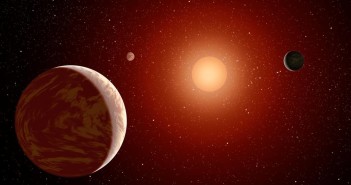
Choosing Stars to Search for Habitable Planets
M-dwarf stars are excellent targets for planet searches because the signal of an orbiting planet is relatively larger (and therefore easier to detect!) around small, dim M dwarfs, compared to Sun-like stars. But are there better or worse stars to target within this category when searching for habitable, Earth-like planets?
Confusing the Signal
Radial velocity campaigns search for planets by looking for signatures in a star’s spectra that indicate the star is “wobbling” due to the gravitational pull of an orbiting planet. Unfortunately, stellar activity can mimic the signal of an orbiting planet in a star’s spectrum — something that is particularly problematic for M dwarfs, which can remain magnetically active for billions of years. To successfully detect planets that orbit in their stars’ habitable zones, we have to account for this problem.
In a recent study led by Elisabeth Newton (Harvard-Smithsonian Center for Astrophysics), the authors use literature measurements to examine the rotation periods for main-sequence, M-type stars. They focus on three factors that are important for detecting and characterizing habitable planets around M dwarfs:
- Whether the habitable-zone orbital periods coincide with the stellar rotation
False planet detections caused by stellar activity often appear as a “planet” with an orbital period that’s a multiple of the stellar rotation period. If a star’s rotation period coincides with the range of orbital periods corresponding to its habitable zone, it’s therefore possible to obtain false detections of habitable planets. - How long stellar activity and rapid rotation last in the star
All stars become less magnetically active and rotate more slowly as they age, but the rate of this decay depends on their mass: lower-mass stars stay magnetically active for longer and take longer to spin down. - Whether detailed atmospheric characterization will be possible
It’s ideal to be able to follow up on potentially habitable exoplanets, and search for biosignatures such as oxygen in the planetary atmosphere. This type of detection will only be feasible for low-mass dwarfs, however, due to the relative size of the star and the planet.
An Ideal Range

Stellar rotation period as a function of stellar mass. The blue shaded region shows the habitable zone as a function of stellar mass. For M dwarfs between ~0.25 and ~0.5 solar mass, the habitable-zone period overlaps with the stellar rotation period. [Newton et al. 2016]
On the other hand, dwarfs with mass less than ~0.1 solar masses (stellar classes later than M6V) will retain their stellar activity and faster rotation rates throughout most of their lifetimes, making them non-ideal targets as well.
When searching for habitable exoplanets, the best targets are therefore the mid M dwarfs in the mass range of 0.1 to 0.25 solar mass (stellar class M4V-M6V). Building a sample focused on these stars will reduce the likelihood that planets found in the stars’ habitable zones are false detections. This will hopefully produce a catalog of potentially habitable exoplanets that we can eventually follow up with atmospheric observations.
Citation
Elisabeth R. Newton et al 2016 ApJ 821 L19. doi:10.3847/2041-8205/821/1/L19

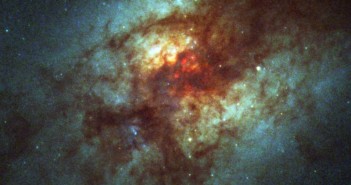

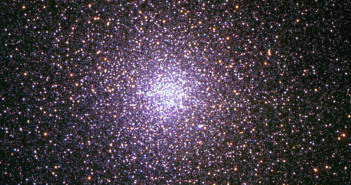


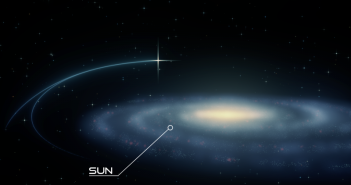
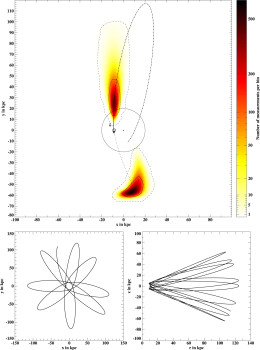
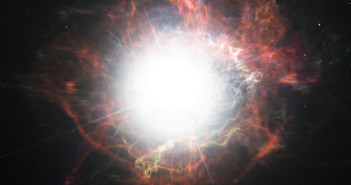
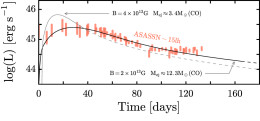
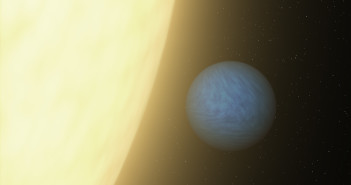
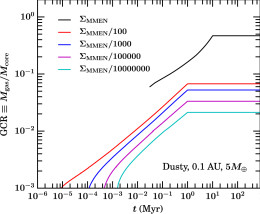
![Schematic of a transitional disk, in which the inner regions have been cleared of gas. [Catherine Espaillat]](https://aasnova.org/wp-content/uploads/2016/04/fig31-260x195.jpg)
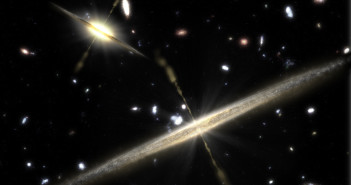
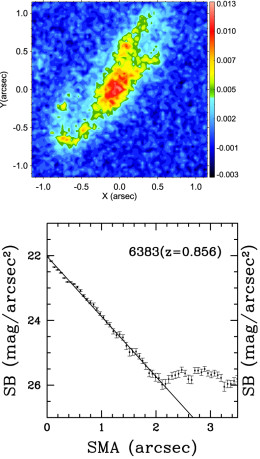
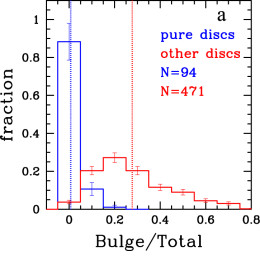


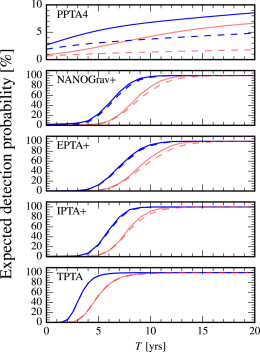
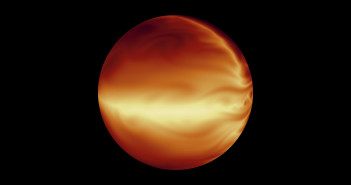
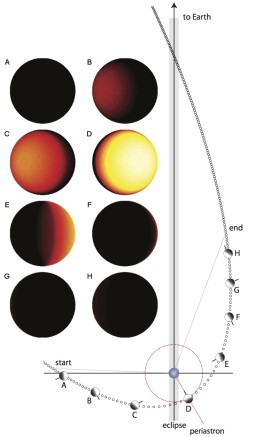

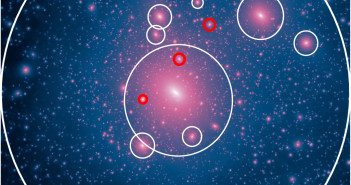
![This figure illustrates the difference that mass resolution makes. In the left panel, the mass resolution is 1.5*10^7 solar masses per particle. In the right panel, the mass resolution is 3*10^4 solar masses per particle [Griffen et al. 2016]](https://aasnova.org/wp-content/uploads/2016/03/fig28-260x132.jpg)
